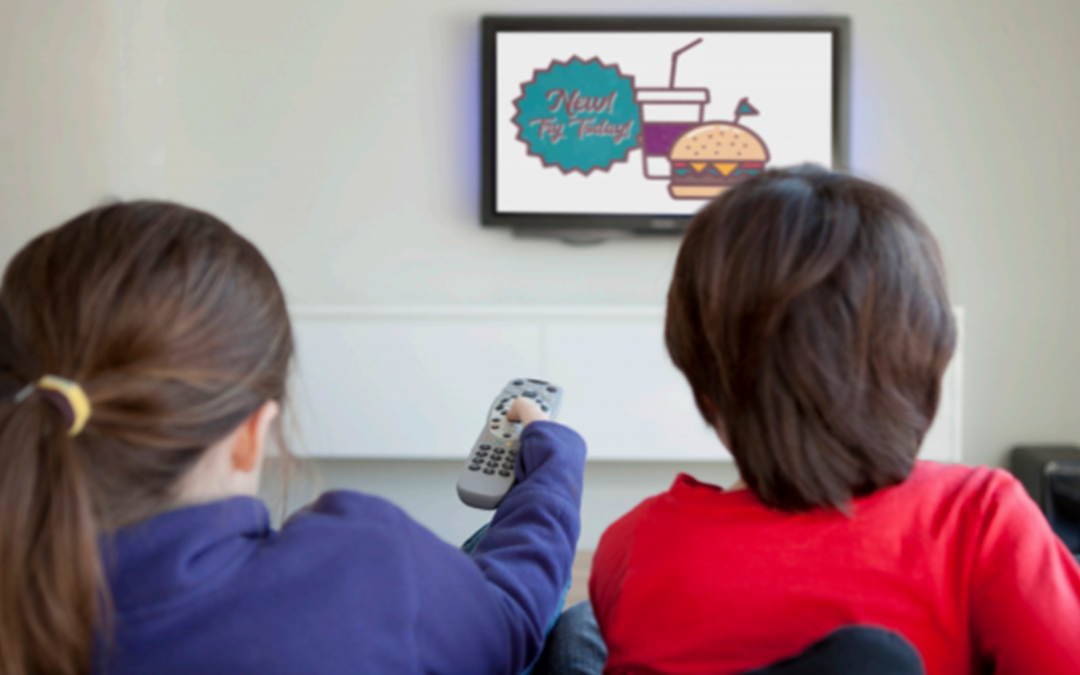The issue of junk food marketing to children is rightly receiving lots of media and political attention at the moment. A recent report from the Obesity Health Alliance found children can be exposed to nine junk food
adverts during a 30 minute TV programme, while new research from Cancer Research UK proved seeing junk food adverts increase how much unhealthy food teenagers eat.
The Government and the advertising industry are fond of saying the existing regulations to protect children from junk food advertising are among the toughest in the word. But how can this be true when these rules fail to protect children from junk food adverts when they are watching their favourite shows and videos on TV and online?
Existing rules do not protect children
The rules only apply to ‘children’s programming’, that is programmes made specifically for children, which tend to be exclusively watched by younger children. According to Ofcom, the most popular programme with children aged 4-16 in 2016 was Britain’s Got Talent. This programme was watched by over 1.6 million children at its peak – but junk food advert restrictions do not apply.
In fact the rules only apply to 26% of the time that children of all ages are watching TV. This is why all the leading health organisations support a 9pm watershed on junk food adverts.
Loopholes
TV is not the only problem. Recent rules put in place by the Committee of Advertising Practice , claim to ‘ban’ advertising junk food targeting children. But these rules are full of loopholes too. This so-called ‘ban’ only applies when more than 25% of the audience are children. So a YouTube video watched by one million children could still feature junk food adverts providing at least 3 million adults are also watching.
Giving choice back to parents
An argument we often hear against stricter rules on junk food advertising is that it is down to parents to influence children’s food choices. But at the moment they are forced to do this in an environment that is heavily skewed towards unhealthy choices. The OHA report found just 1% of food and drink adverts shown during popular family shows were for fruit and vegetables, while 36% were for fast food. A 9pm watershed will give back that choice to parents, rather than expecting them to make healthy choices in an environment loaded with tempting yet unhealthy food promotions.
Another argument is that restricting advertising is an example of the ‘nanny state’ going too far. But it’s the job of our Government to protect its most vulnerable. Policies to discourage smoking (including advertising restrictions) are thought to have saved more than 70,000 lives in the last 20 years.
The junk food industry spends more than £143 million on advertising each year, precisely because it works. Meanwhile we are paying the price at the expense of the health of our children.
Reducing the number of children who are an unhealthy weight won’t happen overnight and a 9pm watershed is just one of many bold and comprehensive measures needed. But it’s a very good place to start. Now is the time for the Government to continue that conversation on tackling child obesity with strong measures to protect children from junk food advertising.

